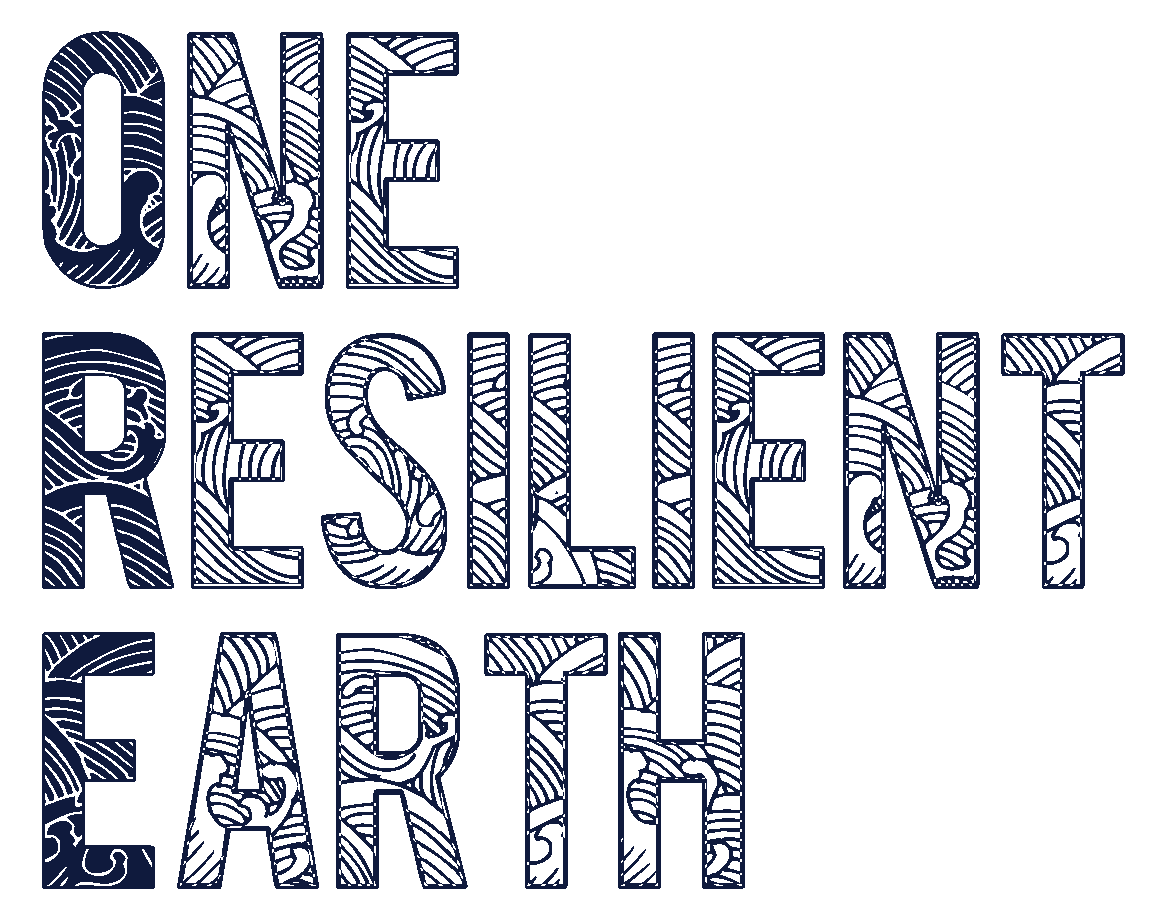The Open Mind Series is a selection of interviews with artists, designers and other ‘creators’ from around the world giving us an insight into how they see the world now and tomorrow. No qualifications required. No taboo. No right or wrong. Just openness. And artworks.
How do you imagine the world in 20 years?
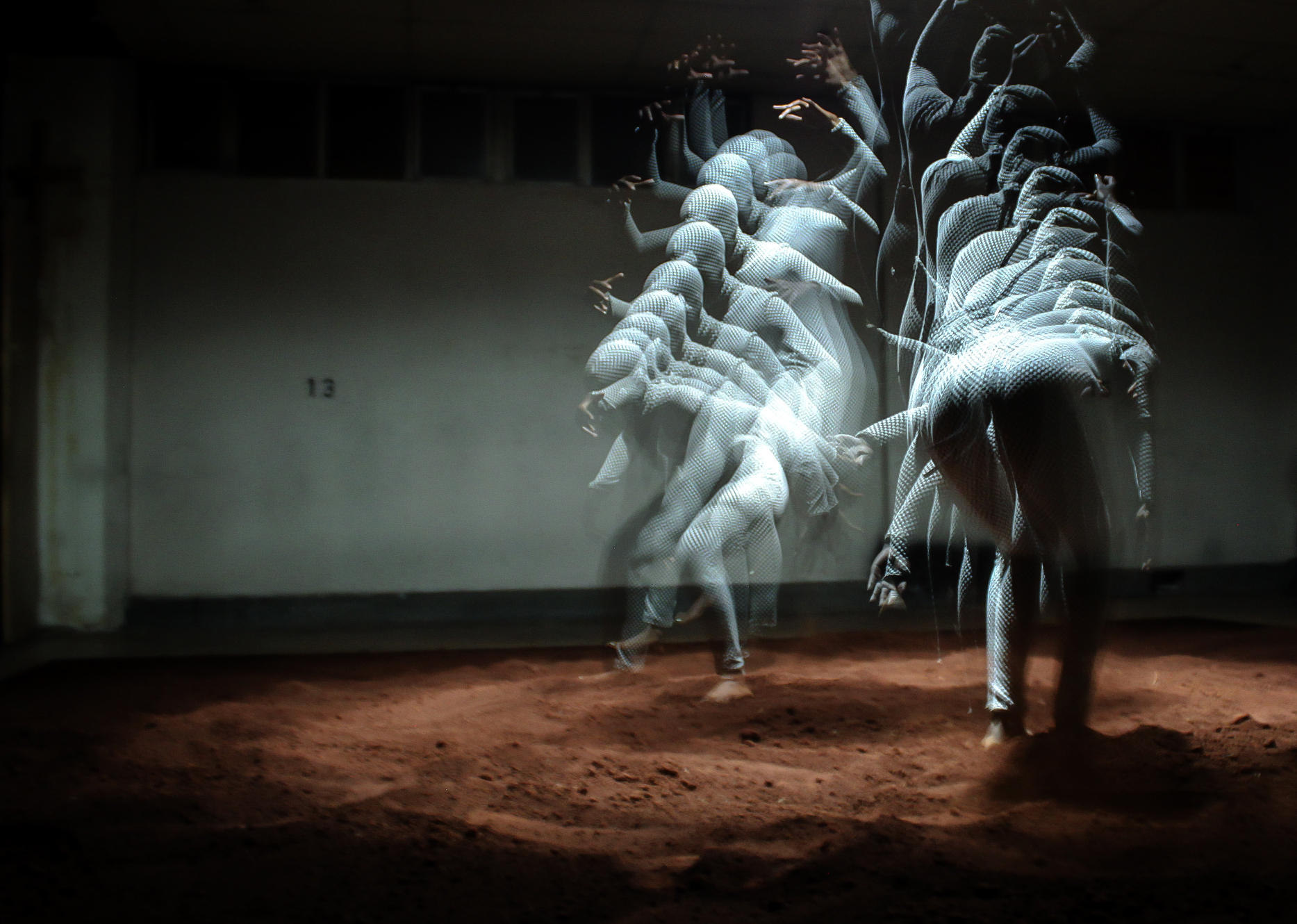
We’re in such a dynamic moment that it feels harder than ever to form a clear view of how things may unfold in the near future – there are so many variables, so much uncertainty. The Covid-19 pandemic has already put the global economy under enormous stress – exposing glaring inequalities throughout society. When we manage to find some kind of new normal we’ll have to face the environmental crisis – the most complex challenge humanity has ever known. Ecosystems are collapsing. Right now. Yet the global population is either too caught up in a daily fight to put food on the table and service its debt, or for the lucky few, too comfortable to care to engage with the emergency we face. I wish I could see things taking a different path, but if I’m honest I feel the next 20 years will be marked by one crisis after another until things get so bad we’ll have no choice but to change the way we’re living. Crisis is a natural mechanism for evolution – the web of processes that form our material reality are tuned to put any life form that limits the abundance and diversity of the whole in its place. Coronavirus has achieved overnight what conservationists and environmentalists have been calling out for for many years. Production industries are running at snail pace, the skies and roads are free of traffic, and pollution levels are dropping dramatically. We’re in the midst of a very extreme experience and the resulting effects on our psyche will likely prove to be immense. Whilst those working at the frontline of healthcare and essential service provision don’t have the luxury, lockdown is forcing a significant tranche of the global population into an enforced form of retreat. I feel encouraged to see how people seem to be appreciating the downshift in pace, proclaiming pleasure at being able to savour the simpler things in life. Could lockdown be an opportunity? Will we come out the other side with new insight, our values altered in ways that might help us to develop the innovative attitudes we need to respond to the environmental emergency? I know how resistant to change people can be, but I also know our potential for extraordinary creativity under duress. So I choose to dream for a world in 20 years where crisis has forced the blossoming of more robust, sustainable and truly democratic political and economic models – where abundance and agency is distributed more fairly. Most of all, I choose to envision humanity (re)learning ways to live that recognise that our health and wellbeing is inextricably entangled with the health and well being of the other-than-human species and ecologies we live amongst. That’s the world I’m working towards in my own small way.
How do you imagine the world in 1000 years?
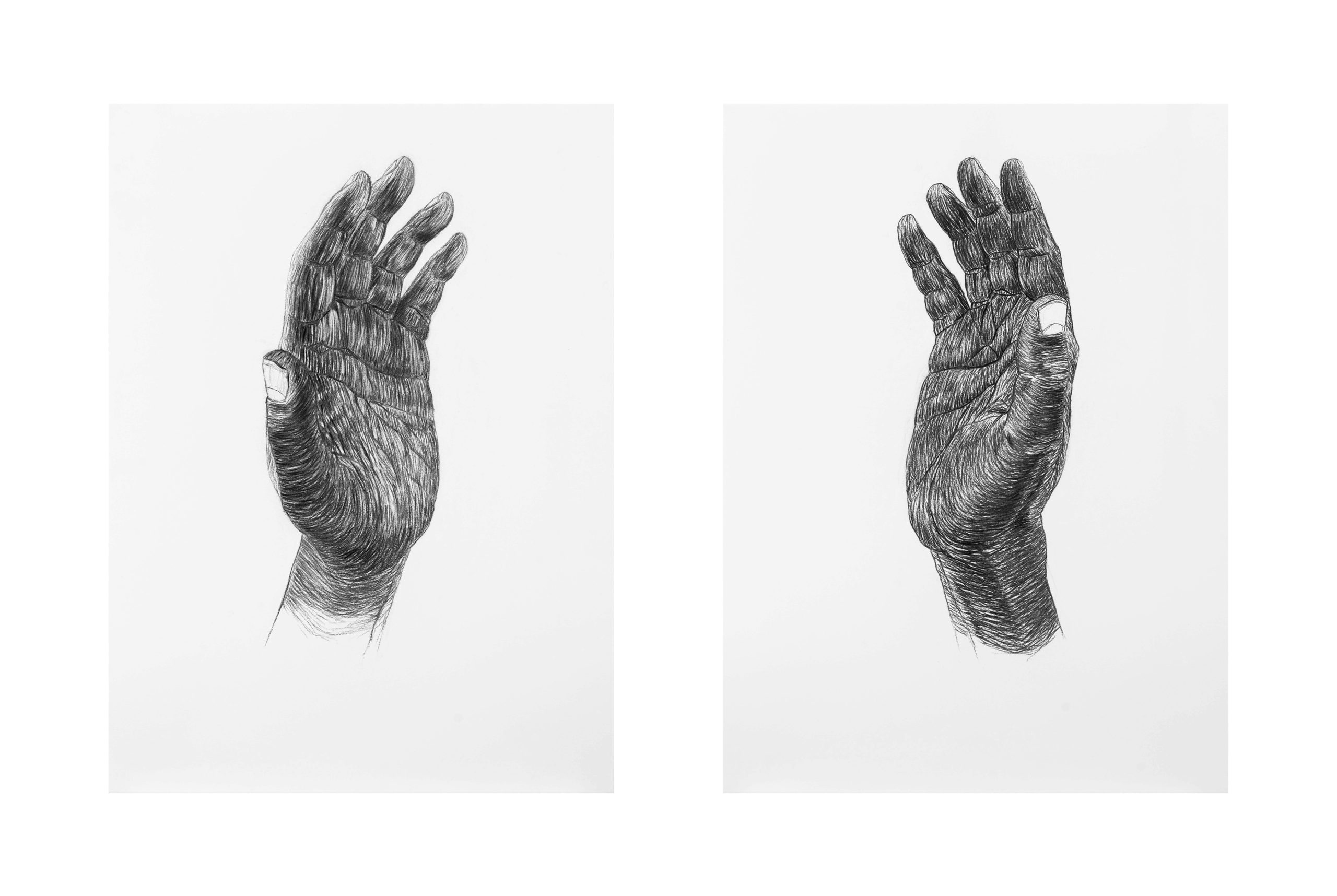
There was way more technological change in the 20th Century than in the entire previous 500 years, and more change in the past 20 years than in the entire 20th Century. Technological evolution is happening at an exponential rate. The technological changes we’ll see in this coming century will be way beyond anything we can even begin to imagine – how would Darwin react if we could put a smartphone in his hand. Artificial Narrow Intelligence (ANI) is already part of our daily lives and there’s a level of consensus in the scientific community that advances in this field could result in the emergence of Artificial General Intelligence (AGI), then Artificial Super Intelligence (ASI) this century. The fantasy of evil ASI’s is the stuff of science-fiction. Unless it’s hybridised with us in some way there’s nothing to suggest that ASI will act like us – it won’t be human so why would it act like humans or share human values unless initially programmed to do so. An amoral ASI operating at a level of intelligence beyond our comprehension, would be unstoppable in achieving its chosen objectives. This offers an array of mind-boggling possibility – an ASI could resolve the ecological crisis with the same ease with which humans pick up a fallen pencil. At the same time, it poses a very real existential risk that needs to be taken into account when we think of millennial timescales. Notwithstanding the possibility of an intelligence explosion and resulting holocaust for organic life, I have no doubt that the natural world will be flourishing in 1000 years. The self-regulating organism we call Earth is always working towards a dynamic balance. No species or ecological process can dominate out-of-synch for long. I can see a world where tangled forests have covered the tracks and scrapes of archaic human machinery, and the concrete and steel metropolis of today have crumbled into dust. Maybe this new abundance will have emerged from the scorched and degraded earth of a human apocalypse, but it will be a world where the oceans heave and flicker with life, and the air shimmers and hums with diversity again. If humans are still present, then our populations will have dramatically reduced. I can imagine a world where self-sustaining, autonomously governed micro-communities – acting locally but with global consciousness and communication networks – are dispersed in a fine web across the fertile regions of the planet. The greatest changes will be on a psychological level. We’ll think and see the world differently to how we do now. We’ll see the relationships between things – and each other – in high definition. We’ve always been makers – we think out of our bodies and into the world when we engage with material reality. The tools we’ve made have always shaped us in return, each material advancement reforming our neurology. In 1000 years our technologies will almost certainly be unrecognisable to those we have today – I imagine they’ll probably have merged and hybridised with our bodies and the world around us. We may not even recognise our bodies as human any more. If our species has survived it will be because we’ll have refined ways to live in deep symbiosis with other-than-human species and ecologies. We’ll employ ways of creating the things we need to sustain us that give as much as they receive, increasing biotic abundance and diversity, rather that depleting it as we do today. Architectures might be grown rather than fabricated; advanced bio-mimicry and nano technologies could enable us to build self-assembling structures, clothing, tools. Or maybe we’ll have come full circle. Maybe most complex technologies will have been consciously rejected or the know-how simply lost. We’ll be living nomadic lives, leaving minimal traces very much like our ancestors did for tens of thousands of years. I love to imagine what music might sound like in 1000 years.
What is the plant, animal or object that most inspires you and how?
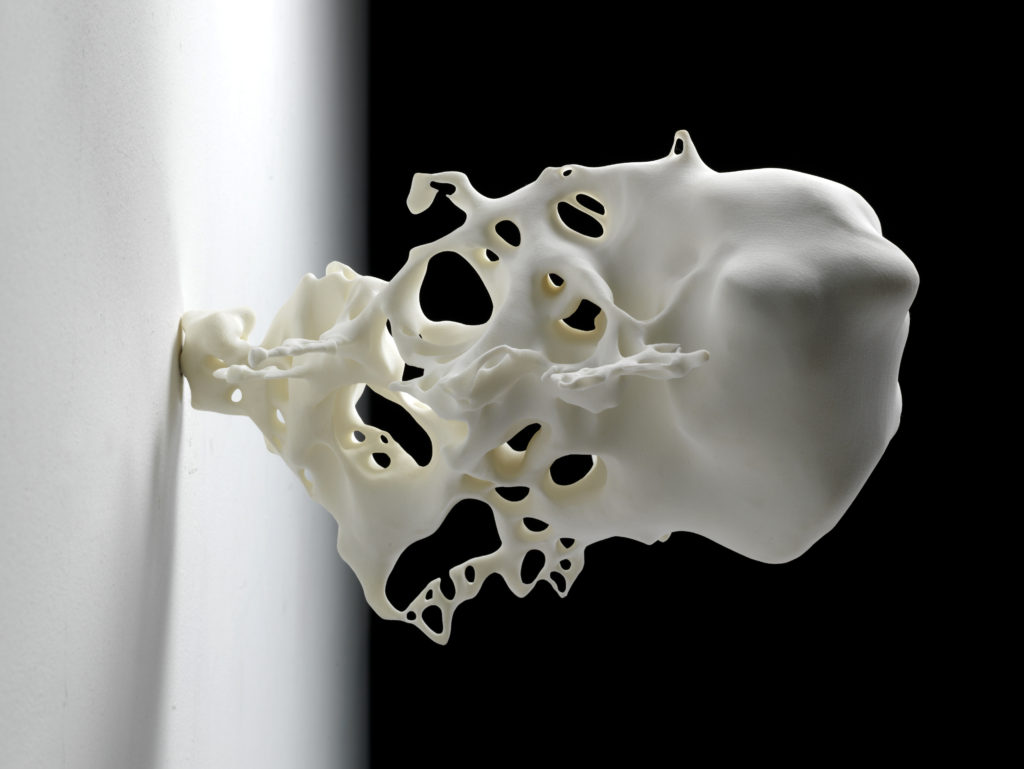
From the age of 8 until my mid-teens I used to breed moths and butterflies in a shed at the bottom of the garden. Together my father and I built the silk-screened cages that housed them and their food plants. I’d sit in a stripey deckchair and draw the insects as they rested, entranced by their exquisite near-symmetry, marvelling at how evolution had arrived at these outcomes. It was there that I first touched on the themes of metamorphosis and balance that drive my work today. I was obsessed more than anything by the chrysalis stage of their lifecycle. I knew that inside that hard carapace the organs of the caterpillar were breaking down into a biological soup and coalescing into the completely new form of the adult winged insect. This transformation is nothing short of miraculous – one thing becoming something completely different. I kind of see this as analogy for what I’d like to see happening in the world now. We define objects as material things we can see or reach out to and touch, or a person/thing towards which an action or feeling is directed. I may be pushing it a bit here but according to this definition clouds and waves could be described as objects. I’m deeply inspired by clouds and waves. Constantly shifting sites of reverie – their rhythms echo those of our own thought patterns. I see them as icons of indeterminacy. Where does a towering cumulonimbus cloud or a glassy breaking wave begin or end? They are reminders that it’s impossible to see a thing as something in itself, as it’s impossible to separate them from the wider life-processes of which they’re a part. They are constant reminders that a thing only exists in terms of it’s relationships.
What is the emotion that drives you in your work?
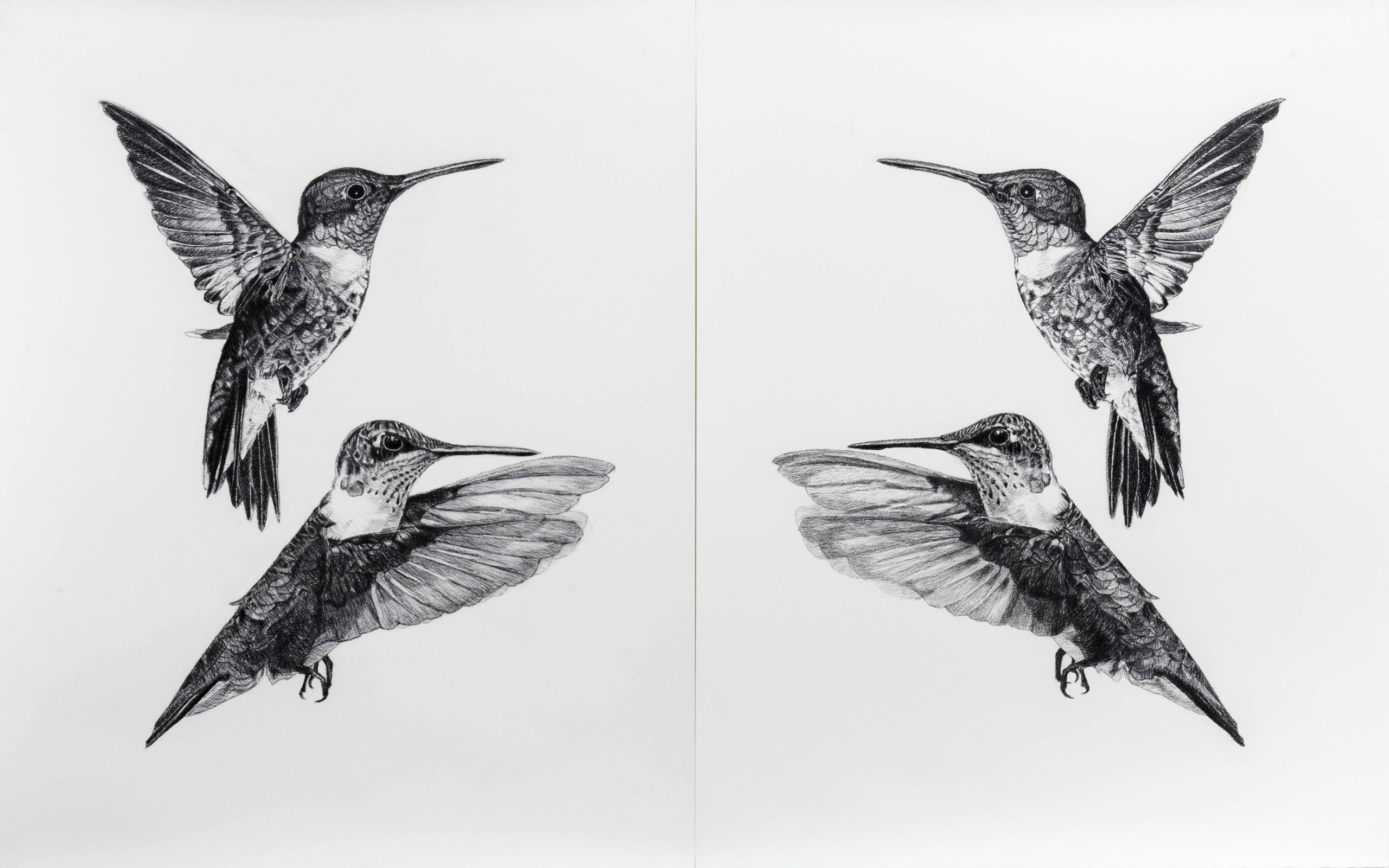
I find it very hard to identify one emotion as the driver for what I do, but at the expense of sounding cliche, at the root of it all is love I suppose – an insatiably curious, playful, wondering, awestruck kind of love for and with the complex beauty of reality. Making things for me is a way of understanding how I relate to the world. I’m not making things for their value as things in themselves – for me, value lies in the process of making, and the space that puts me in. I’m in lockdown in Montréal at the moment and for the past week I’ve been drawing. As I make mark after mark I feel the whirlwind of anxious, despairing, pessimistic thoughts start to evaporate and my awareness touch on a different quality of experience – something quieter and stronger. It’s not a fuzzy pink love – it’s deep blue, almost black, and liquid, and immense.
What does community mean to you personally?
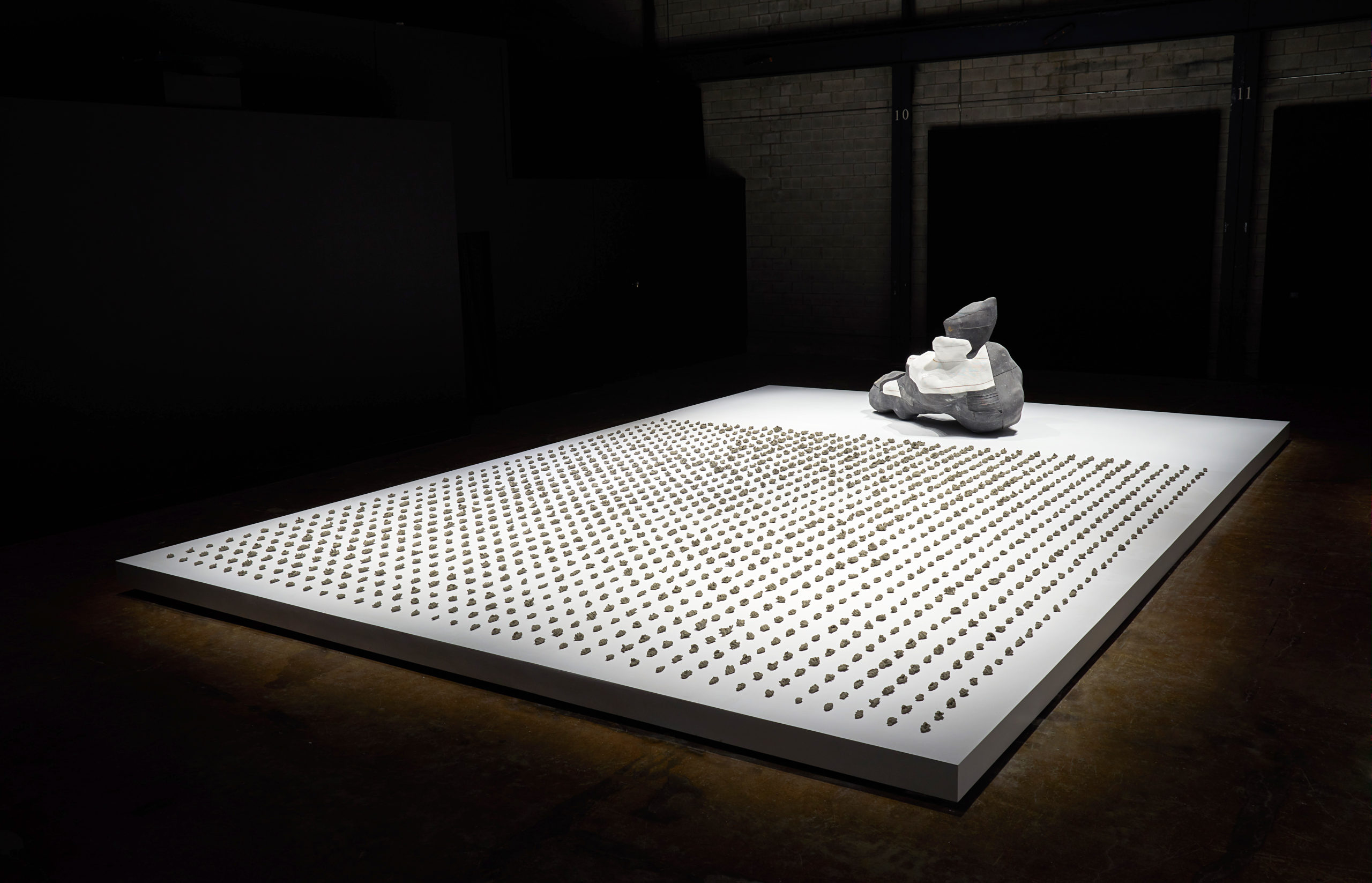
Like many artists lives it seems, mine is a mix of periods of reclusiveness and moments of intense sociability. I’ve always enjoyed and seen the value in intensive periods of isolation. It’s easy for weeks to fly by while I’m drawing, when I’ll see no-one other than my kids. Then there’ll be a time for moving my attention out into the world. My experience and understanding of what community means seems to always be shifting – but at the core I suppose I’m looking for an authentic participation. Like many people today, my community is local and global. Sometimes it’s real flesh-and-blood sitting around a fire late into the night or hanging out at an exhibition opening, and sometimes it’s virtual. My sense of community is rooted in the mutual empowerment that comes from a sense of shared ideals. It’s a feeling that others see the world in a similar way. It’s made up of artists, musicians, writers, scientists, researchers, ecologists, conservationists, zoologists, teachers, explorers, philosophers and visionaries – some of whom I’ve never met, and possibly never will meet – to whom I feel kinship. My approach to developing artwork is very often collaborative. One of the communities I love the most are the ones that grow up around an art project. There’s an intensity around a shared goal that nurtures exchange and dialogue. Community for me is about shared experience. I’m actively working to live in a way that sees humanity and wider other-than human species and ecologies in an extended sense of community. The work lies in breaking down the perceptual and ideological filters instilled in us that make us see things as boundaried.
How do you connect with the Earth today?
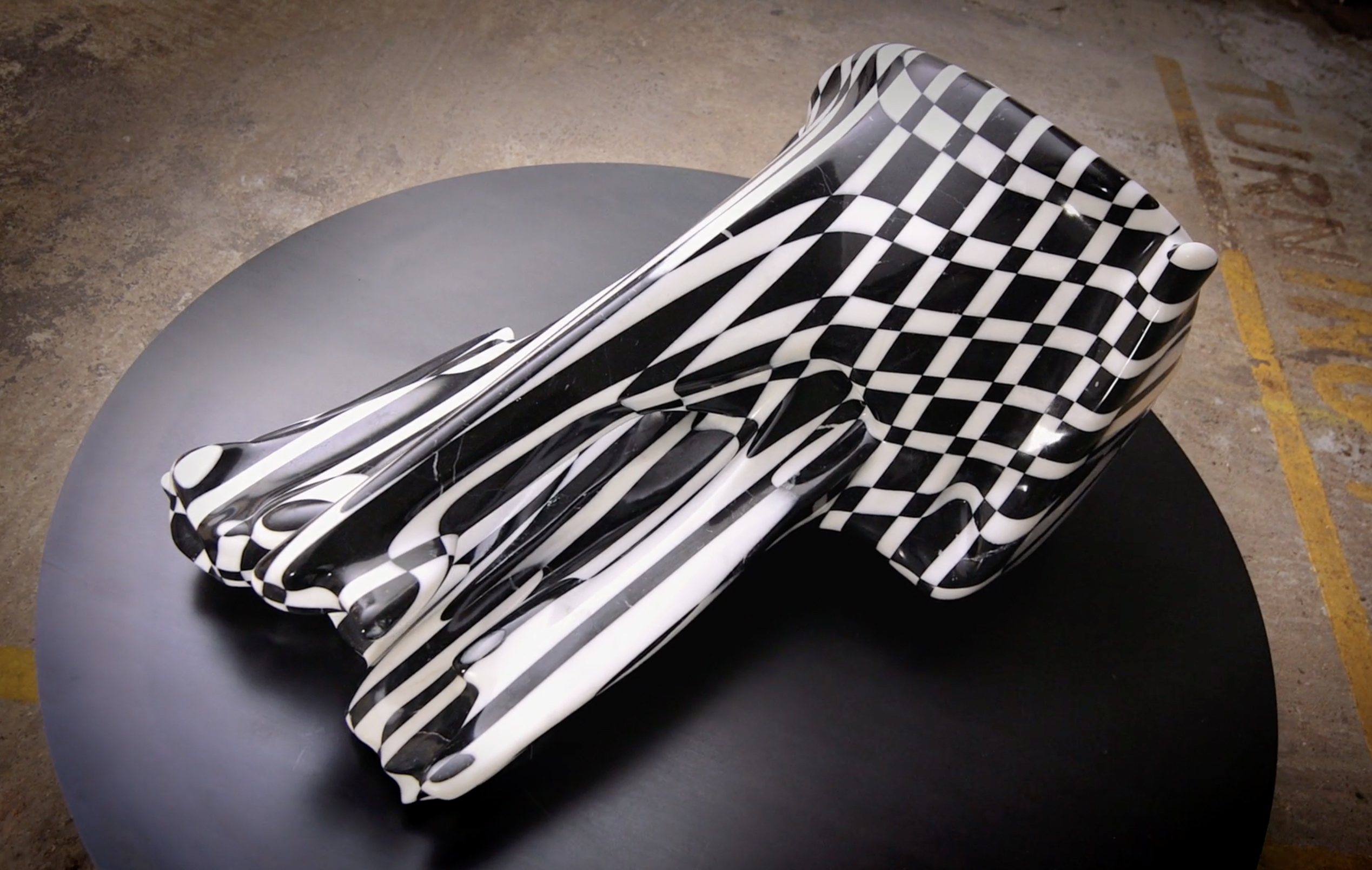
I live in the countryside in the south west of England. It’s a lifestyle choice that in some ways probably hasn’t done my career any favours but it’s essential for my survival. I live quite near the ocean and I spend a lot of time walking the edge of the land, looking out over the water stretching to the curve of the horizon. The thing that enables me to connect to the Earth most is surfing – it’s a reset button for me. Sitting on my board in the line-up and feeling the pulse of swell move through the water around and below me – generated by storms that are often hundreds or even thousands of miles away – connects my awareness to the immensity of global processes. Often, the best days are when the weather is at it’s worst – in the winter when there’s no-one crazy enough to be outside in the driving rain and biting cold – the water, sky and land dark and grey. I think I like to feel put in my place, experiencing rhythms that are way bigger than me because it brings about a sense of surrender.
What is your dream for the arts world?
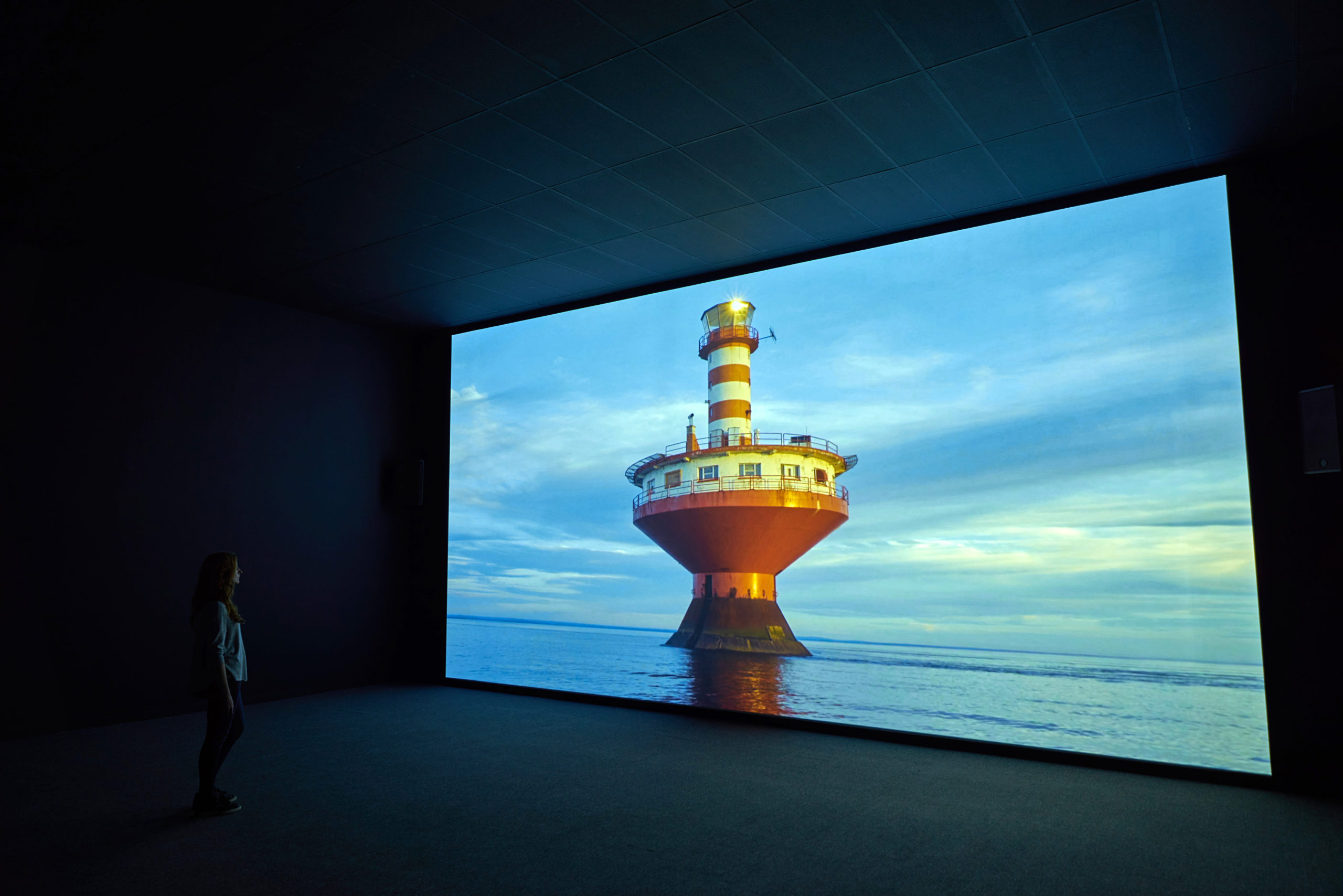
On a superficial level the contemporary art world is a commercial entity, with all of the inherent competitiveness and hierarchy of any other industry – but I relate to many of the questions being asked by the artists at the core of that community. What is it to be human? What do we value? How can we live better? My dream for the artworld is that it will continue to be more inclusive – that it will give those without a voice a way to be heard. That it will permeate all levels of society – spilling over into our daily lives, dissolving boundaries, mirroring and transforming all the beauty and madness of existence.
What’s the best thing on earth?
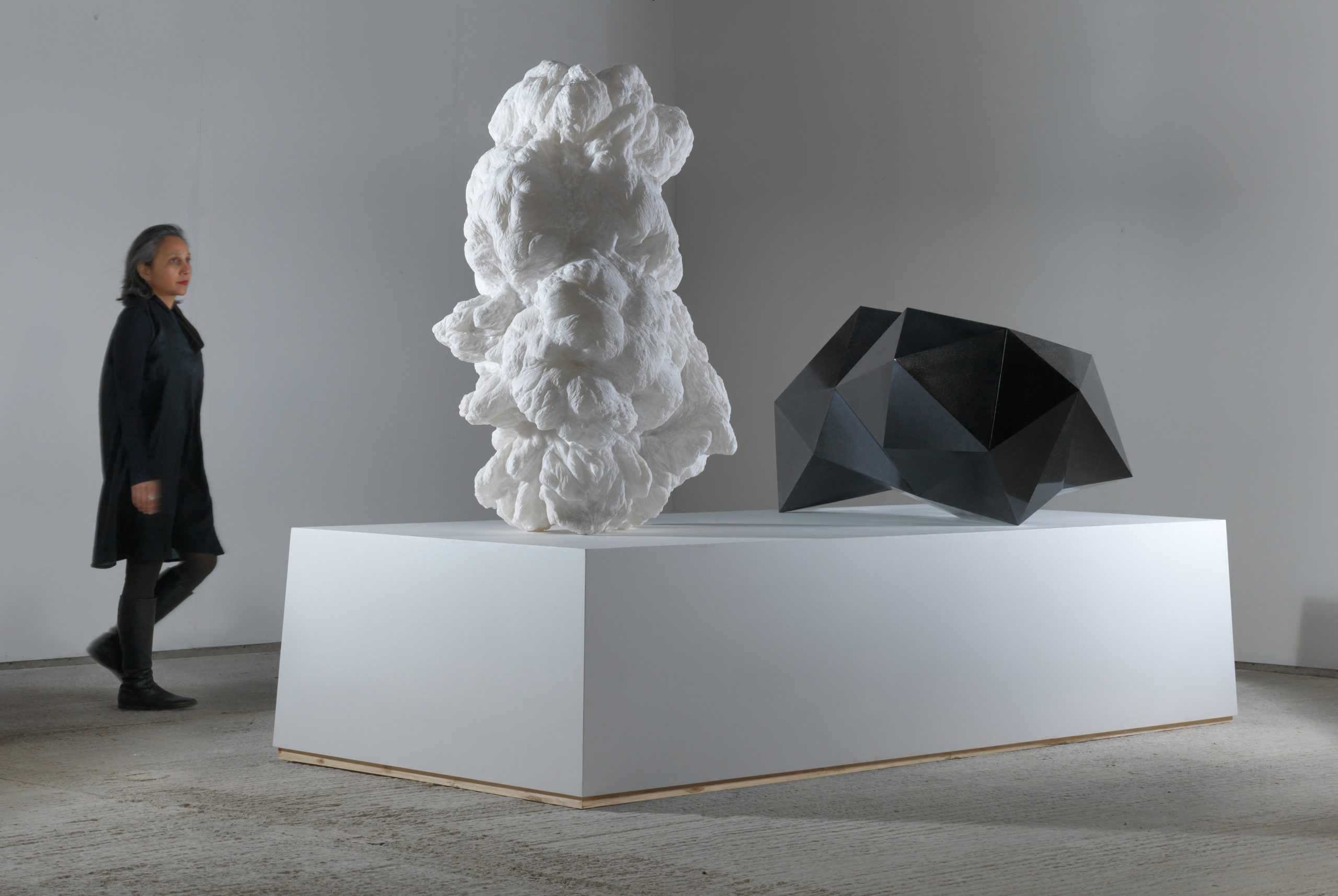
There’s no best thing, so here’s the start of a list instead: Oysters, Love, Oysters, Gravity, Oysters, Communication, Oysters, Music, Oysters, Light, Oysters, Sex, Oysters, Plants, Oysters, Water, Oysters, Death, Oysters, Compassion, Oysters, Weather, Oysters, Animals, Oysters, Empathy, Oysters, Friendship, Oysters, Microbes, Oysters, Carbon, Oysters, Family, Oysters, Soil, Oysters, Hope, Oysters, Change, Oysters, Colour, Oysters . . .
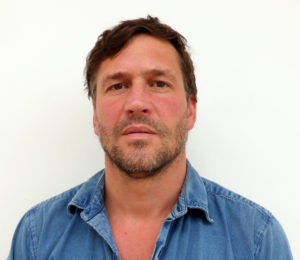
The work of British visual artist Mat Chivers looks at some of the fundamental phenomena that drive our thoughts and actions. He explores ideas relating to perception, cognition, evolutionary process, ecology and ethics by bringing traditional analogue approaches to making into counterpoint with state-of-the-art digital technologies. His practice in sculpture, drawing, film and performance often involves close collaborations with individuals and institutions in the fields of science, technology and academia. Chivers work is based on in-depth research and a response to place, to articulate some of the wider relationships that we all share and on which we all depend.
